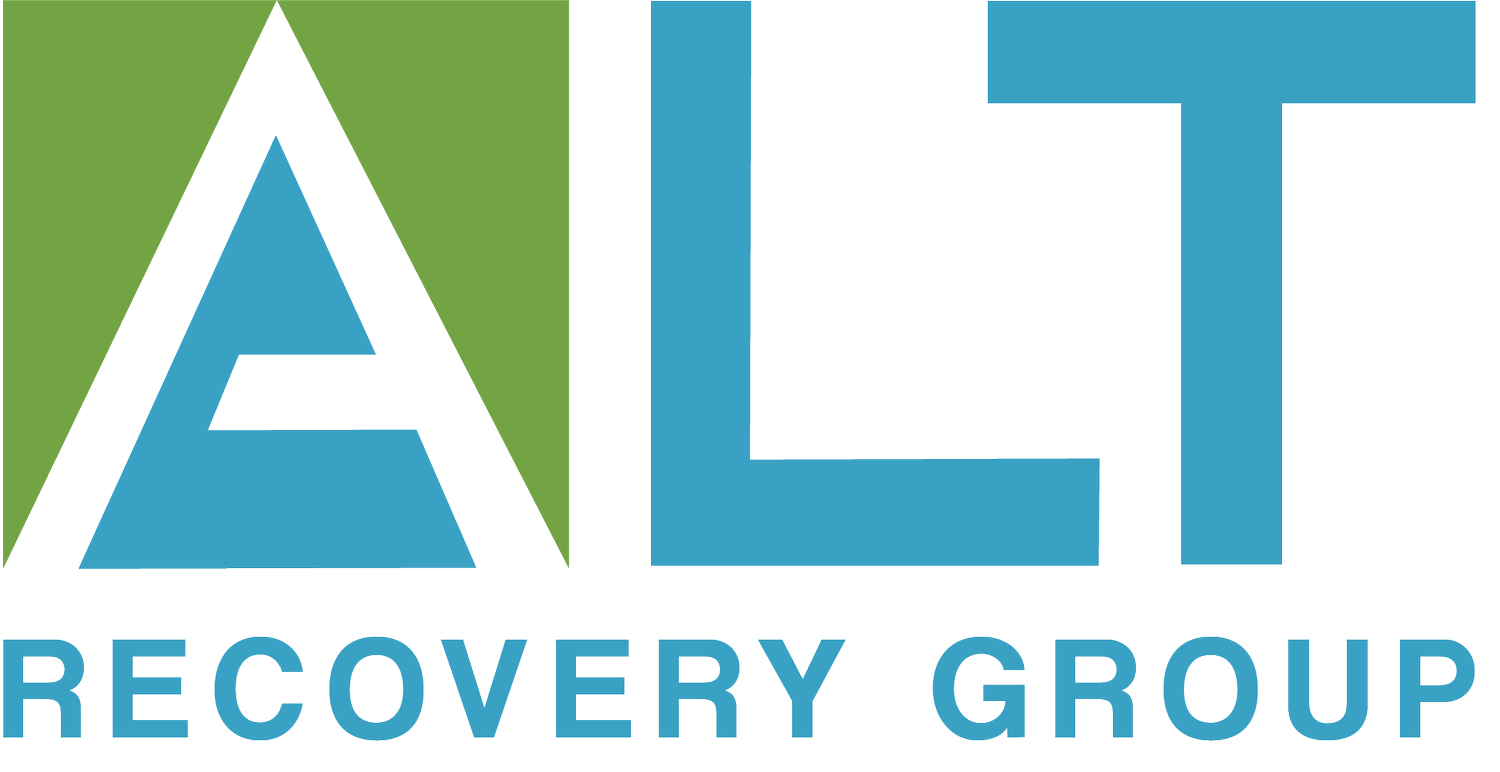Alternatives to Opioids: Exploring Other Pain Management Options
Discover non-opioid pain management alternatives from physical therapy to lifestyle changes.



The opioid crisis has shone a light on the need for alternative pain management solutions. While opioids have their place in medicine, prolonged use can lead to addiction, overdose, and other serious health complications. Thankfully, there are several alternatives available that can effectively manage pain without the risks associated with opioid use. This article explores these alternatives, providing insights into safer and often more sustainable pain management options.
1. Physical Therapy:
Physical therapy focuses on improving mobility, strengthening muscles, and promoting overall bodily health. By addressing the root causes of pain, physical therapists can develop individualized treatment plans to reduce discomfort without medication.
2. Acupuncture:
Originating from traditional Chinese medicine, acupuncture involves inserting thin needles into specific body points. It's believed to stimulate the body's natural painkillers and promote healing. Multiple studies suggest it can be effective for chronic pain, including back pain and osteoarthritis.
3. Non-Opioid Medications:
There are various non-opioid medications that can be prescribed for pain, including:
- Nonsteroidal anti-inflammatory drugs (NSAIDs): Like ibuprofen or naproxen, these reduce inflammation and relieve pain.
- Acetaminophen: Often found in Tylenol, it can alleviate pain and reduce fever.
- Antidepressants and Anticonvulsants: Certain types can help treat neuropathic and chronic pain.
4. Cognitive Behavioral Therapy (CBT):
CBT is a form of psychological treatment proven effective for various conditions, including chronic pain. It teaches patients strategies to cope with pain and address the emotional ramifications of long-term discomfort.
5. Biofeedback and Neurofeedback:
Biofeedback techniques teach patients to control physiological functions to reduce pain. Neurofeedback focuses on brainwave training, aiming to optimize brain function and alleviate pain.
6. TENS (Transcutaneous Electrical Nerve Stimulation):
A TENS unit sends electrical impulses to certain parts of the body to block pain signals. It's commonly used for muscle, joint, or bone problems.
7. Lifestyle Modifications:
Changes in daily habits, like adopting a balanced diet, engaging in regular exercise, and managing stress through mindfulness or yoga, can significantly impact pain levels.
Conclusion
It's essential for patients and healthcare providers to recognize the myriad of alternatives available for pain management. While opioids can be effective in certain situations, long-term reliance can be harmful. Exploring a combination of the alternatives mentioned can lead to a more holistic, effective, and safer pain management strategy.
Latest Articles


We are here to help you succeed!





